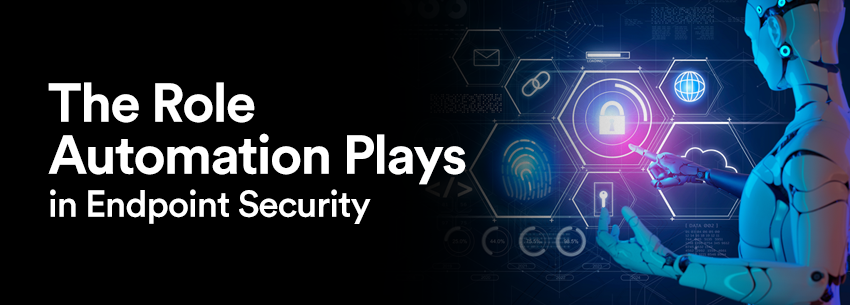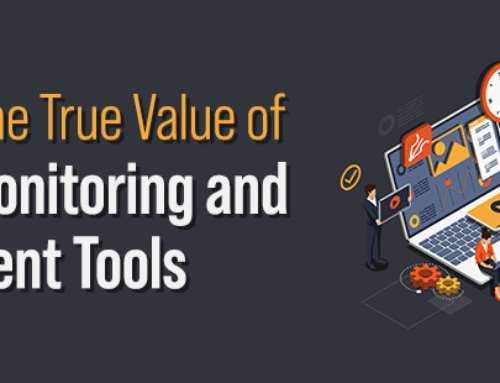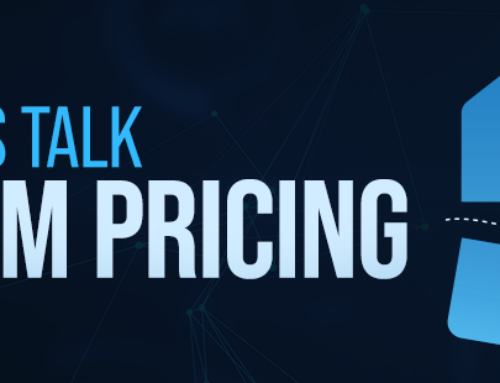Cyberattacks continue to rise, causing billions of dollars of damage to organizations of all sizes around the world. Managed services providers (MSPs) have an important role in helping guide customers on mitigating these attacks and helping implement technologies to defend their organizations better.
There are many ways that an MSP can help a customer mitigate the risks of today’s cyberattacks. One way is to implement endpoint security, which helps protect a customer’s laptops, mobile devices, printers, robotics, servers, and other devices connected to the company’s network. Protecting these devices can include many types of endpoint security, including antivirus, Internet of Things security, endpoint detection and response, endpoint encryption, and web filtering and security.
However, as cybersecurity attacks move faster and faster than ever, it is also becoming more and more important for MSPs to consider how they can use automation to accelerate their ability to protect customers. Automating tools like endpoint security can help an MSP keep pace with these attacks by moving at computer speed instead of human speed. What’s more, automation can help an MSP free up staff from routine, repetitive tasks and move them to more strategic ones — something that is especially important as the industry continues to face a talent shortage for qualified IT professionals.
There are several ways that MSPs can leverage automation across endpoint security as it works with customers. One is for device deployment and access control. MSPs can leverage automation to automatically ensure that new devices entering the environment are deployed, set up with the correct policies and security technologies, and provided with the correct access control permissions.
Once deployed, an MSP can also use automation for patch management, helping to automatically identify and implement patches across customer organizations for known vulnerabilities in software and hardware. This is one of the simplest ways an organization can mitigate risk, but it can take a lot of time for a technician to complete if not automated.
Automation can also help an MSP detect threats potentially targeting the organization. For instance, many new endpoint detection and response tools can automatically scan the organization for signs of anomalous behavior or signatures of particular attacks, then flag them to the MSP to investigate. This type of automation can help an MSP monitor many different environments for customers simultaneously and respond to the most severe or credible signs of a threat.
These are just a few examples of how an MSP can use automation to protect and respond to the latest threats that might face its customers. The more comprehensively an MSP can implement these defenses and respond more quickly to attacks, the better chance it has to prevent any potential adverse effects on clients. In a world where cyberattacks are more prominent than ever, this is a straightforward way for an MSP to prove its value as a trusted advisor to customers.




